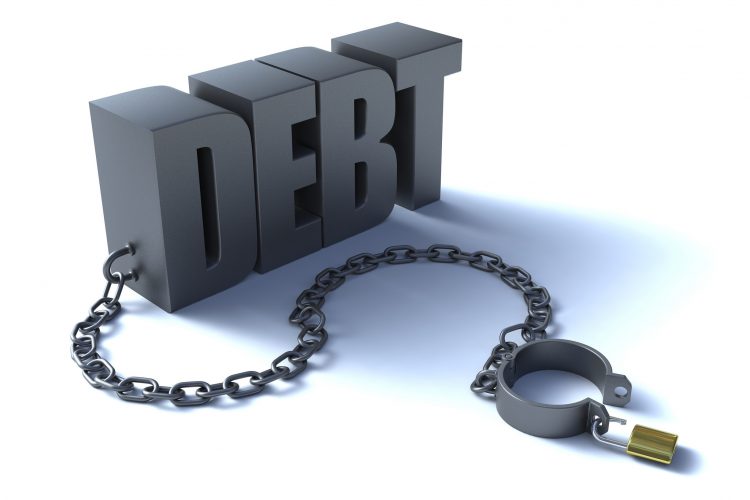You wouldn’t set out to climb a mountain without some preparation, would you? To make it safely to the summit and back down, you need a plan: a route, food, water and the right equipment. You also need to know ahead of time the size of the mountain, so you know what to expect heading into your climb; otherwise, you might run out of energy halfway through.
Well, think of chasing down your own debt as you would climbing a mountain. Just like when you’re standing at the base of the incline staring up, it can be very daunting to face down your debt. But it’s much less intimidating if you have a plan and the right tools with you on the journey.
Overcome Debt Denial and Shame
As simple as it sounds, acknowledging your debt is really the first step toward addressing it. Carrying debt is often complicated by feelings of shame and anxiety—which, in turn, can fuel debt denial. As U.S. News & World Report notes, symptoms of debt denial include:
- Telling yourself everything will work out without making any changes.
- Taking financial risks that seem foolish in hindsight.
- Seeking out other vices—like eating, smoking or drinking—as a result of money-related stress.
- Clashing with your partner, family or friends about money more frequently over time.
- Needing to use your credit card to stay afloat.
- Avoiding opening bills or credit card statements.
It’s helpful to acknowledge debt for what it is: A financial state, rather than a failure of character. Negative emotions, if left unchecked, can easily drive you further into debt because they make it easier to ignore counterproductive habits. Action begins with simple, honest acknowledgement of your situation.
Organize Your Debts
Next, it’s time to get organized. This is the stage where you figure out how much you owe, and to whom. Many people find success using a tried-and-true filing system, with a folder for each separate debt account. Compile past statements here and add incoming ones as you receive them. You can also set up a spreadsheet to track your debts electronically with columns for balance, interest rate, minimum payment, due date, etc.
Organizing your debts will help you better understand their scope and nature so you can formulate a plan of attack. It will also ensure nothing slips through the cracks, thus helping you avoid racking up late fees and penalties.
Overcome Your Debts
How you chase down your debts depends primarily on their type and amount. Struggling to juggle high-interest credit cards? Research the potential benefits of conducting a balance transfer or consolidating your debts into one personal loan.
Facing more than $7,500 of unsecured debt like credit card debt or medical bills? Learn more about debt settlement, which aims to reduce the amount you owe creditors through negotiating. See what people have to say about leading debt relief organizations by looking through Freedom Debt Relief reviews and the like.
Do you own your home? Some people choose to take advantage of their home’s equity with a cash-out refinance. The downside is that this process will increase your outstanding mortgage balance by the amount you take out in cash. However, the upside is that most mortgages carry a lower APR than high-interest debts like credit card balances, making them more manageable to pay back over time.
Chasing down your own debt is really a three-part process: Acknowledging your debt, organizing it and choosing the best course of action for your needs and financial situation. It may look like a steep uphill battle at first, but you’ll be so glad you took the first steps when you see the view at the top.
Featured Image Source: Flickr



